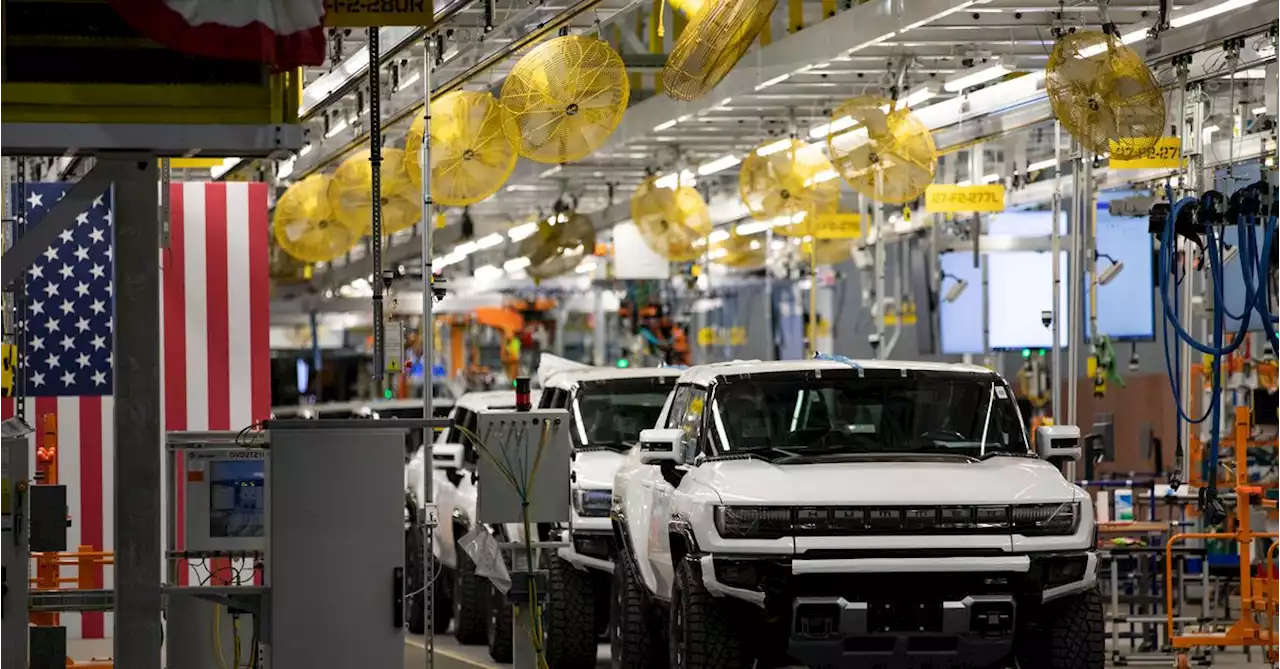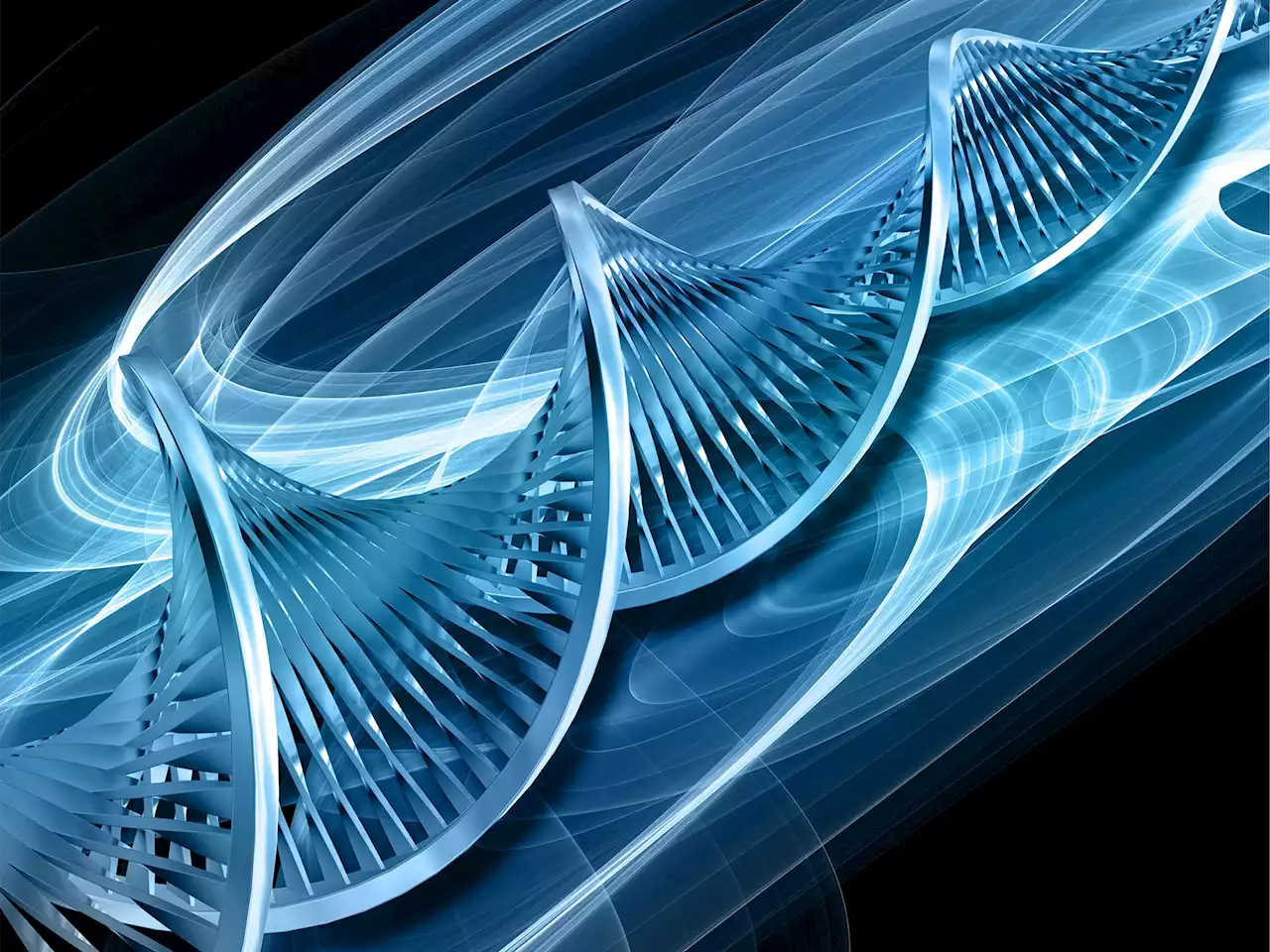Constructing a tiny robot out of DNA and using it to study cell processes invisible to the naked eye... Although it certainly sounds like science fiction, it is in fact the subject of serious research by scientists from Inserm, CNRS, and Université de Montpellier at the Structural Biology Center in
Constructing a tiny robot out ofand using it to study cell processes invisible to the naked eye… Although it certainly sounds like science fiction, it is in fact the subject of serious research by scientists from Inserm,This highly innovative “nano-robot” should enable a closer study of the mechanical forces applied at microscopic levels, which are crucial for many biological and pathological processes.
The dysfunction of this cellular mechanosensitivity is actually involved in many diseases. Cancer, for example: cancer cells migrate within the body by sounding and constantly adapting to the mechanical properties of their microenvironment. Such adaptation is possible only because specific forces are detected by mechanoreceptors that transmit the information to the cell cytoskeleton.
This enabled the team to design a “nano-robot” comprised of three DNA origami structures. Since it is of nanometric size, it is therefore compatible with the size of a human cell. It makes it possible for the first time to apply and control a force with a resolution of 1 piconewton, namely one trillionth of a Newton – with 1 Newton corresponding to the force of a finger clicking on a pen.
Such a tool is very valuable for basic research, as it could be used to better understand the molecular mechanisms involved in cell mechanosensitivity and discover new cell receptors sensitive to mechanical forces. Thanks to the robot, the researchers will also be able to study more precisely at what moment, when applying force, key signaling pathways for many biological and pathological processes are activated at the cell level.
United States Latest News, United States Headlines
Similar News:You can also read news stories similar to this one that we have collected from other news sources.
 Prof Claims to Have IDed Mysterious ‘Somerton Man’ Using DNAComing up with an answer to the 73-year-old cold case was like working on “a Sudoku puzzle with 4000 elements,” he said.
Prof Claims to Have IDed Mysterious ‘Somerton Man’ Using DNAComing up with an answer to the 73-year-old cold case was like working on “a Sudoku puzzle with 4000 elements,” he said.
Read more »
 AI’s carbon footprint and a DNA nanomotor — the week in infographicsNature highlights three key graphics from the week in science and research.
AI’s carbon footprint and a DNA nanomotor — the week in infographicsNature highlights three key graphics from the week in science and research.
Read more »
 Somerton man mystery 'solved' as DNA points to man's identity, professor claimsA professor who has dedicated decades to solving one of Australia's most enduring mysteries claims he has discovered the identity of the Somerton man.
Somerton man mystery 'solved' as DNA points to man's identity, professor claimsA professor who has dedicated decades to solving one of Australia's most enduring mysteries claims he has discovered the identity of the Somerton man.
Read more »
 Two California cold case homicides from 1980s solved with advances in DNA technologyA suspect in two cold case homicides from 1987 and 1989 in Orange County, California, was identified this week due to advances in DNA technology.
Two California cold case homicides from 1980s solved with advances in DNA technologyA suspect in two cold case homicides from 1987 and 1989 in Orange County, California, was identified this week due to advances in DNA technology.
Read more »
 GM just secured enough cathode material for 5 million electric vehiclesGM said it will explore building a factory in North America.
GM just secured enough cathode material for 5 million electric vehiclesGM said it will explore building a factory in North America.
Read more »
 Next-Gen Subaru WRX STI Could Be an EVSubaru says it won't build another gas-fed WRX STI and is exploring an electrified version instead.
Next-Gen Subaru WRX STI Could Be an EVSubaru says it won't build another gas-fed WRX STI and is exploring an electrified version instead.
Read more »
